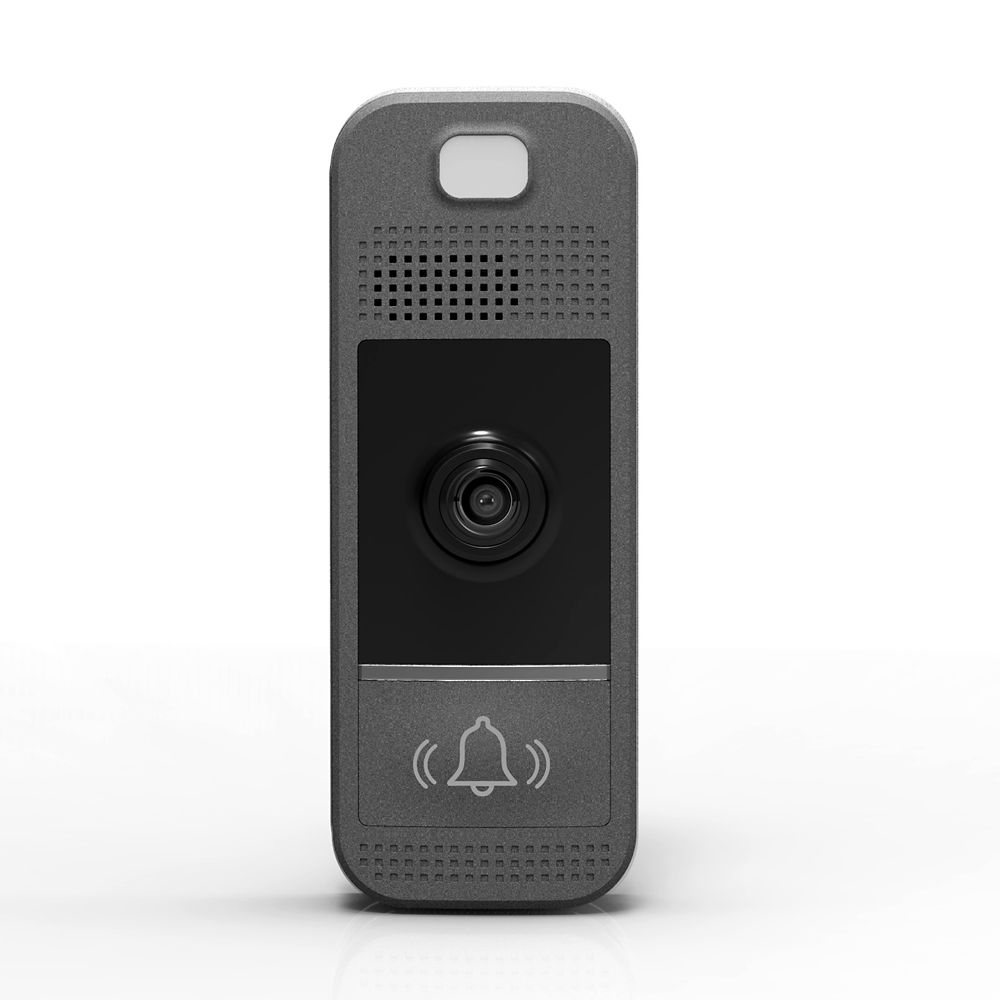

Because most homes already have doorbell wiring, installing a video doorbell is as easy as removing your old doorbell, disconnecting the two wires, connecting your new doorbell to the wires, and attaching it to the outside of your house.
#Alula doorbell camera reviews install#
Wired doorbells are not as easy to install as their wireless counterparts (the process still isn't difficult), but you don't have to worry about them losing power unless your whole house does.

You also run the risk of your doorbell shutting down at an inopportune time with battery-powered models.

If you live in an area with cold weather, expect to recharge or replace your batteries every couple of months. The downside to wireless doorbells is that their batteries tend to deplete quickly they last anywhere from two to six months. Naturally, a wireless doorbell is the easiest type to install because it doesn't require that you turn off your home's power or mess with any wiring. The first thing you need to decide is if you want a wireless doorbell that runs on batteries or one that gets power from low-voltage wiring. The category is evolving quickly and we plan to update this story regularly as we test new devices with new features, so make sure to check back often. Here's what you need to look for when choosing a video doorbell for your home. These devices typically use Wi-Fi to stream live video to your phone and offer high-tech features, such as cloud video storage, motion detection, sirens, and interoperability with smart locks and other smart home devices. A video doorbell lets you not only see and speak with the person outside but also record footage of visitors that approach your door while you're away or unable to answer. One easy way to safeguard your residence against property theft, home invasion, porch pirates, and unwanted solicitors is to identify who is at your doorstep before you open the door.


 0 kommentar(er)
0 kommentar(er)
